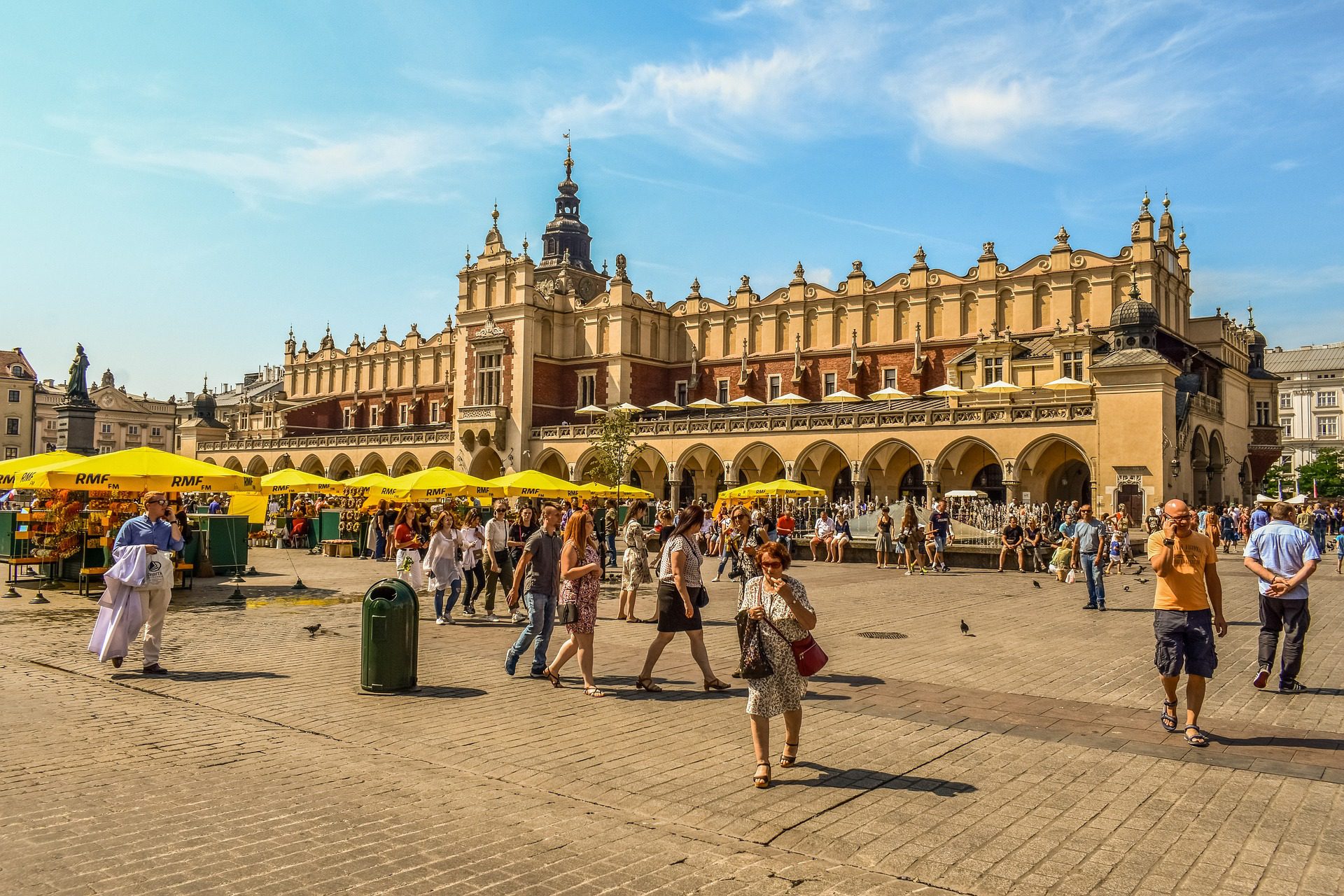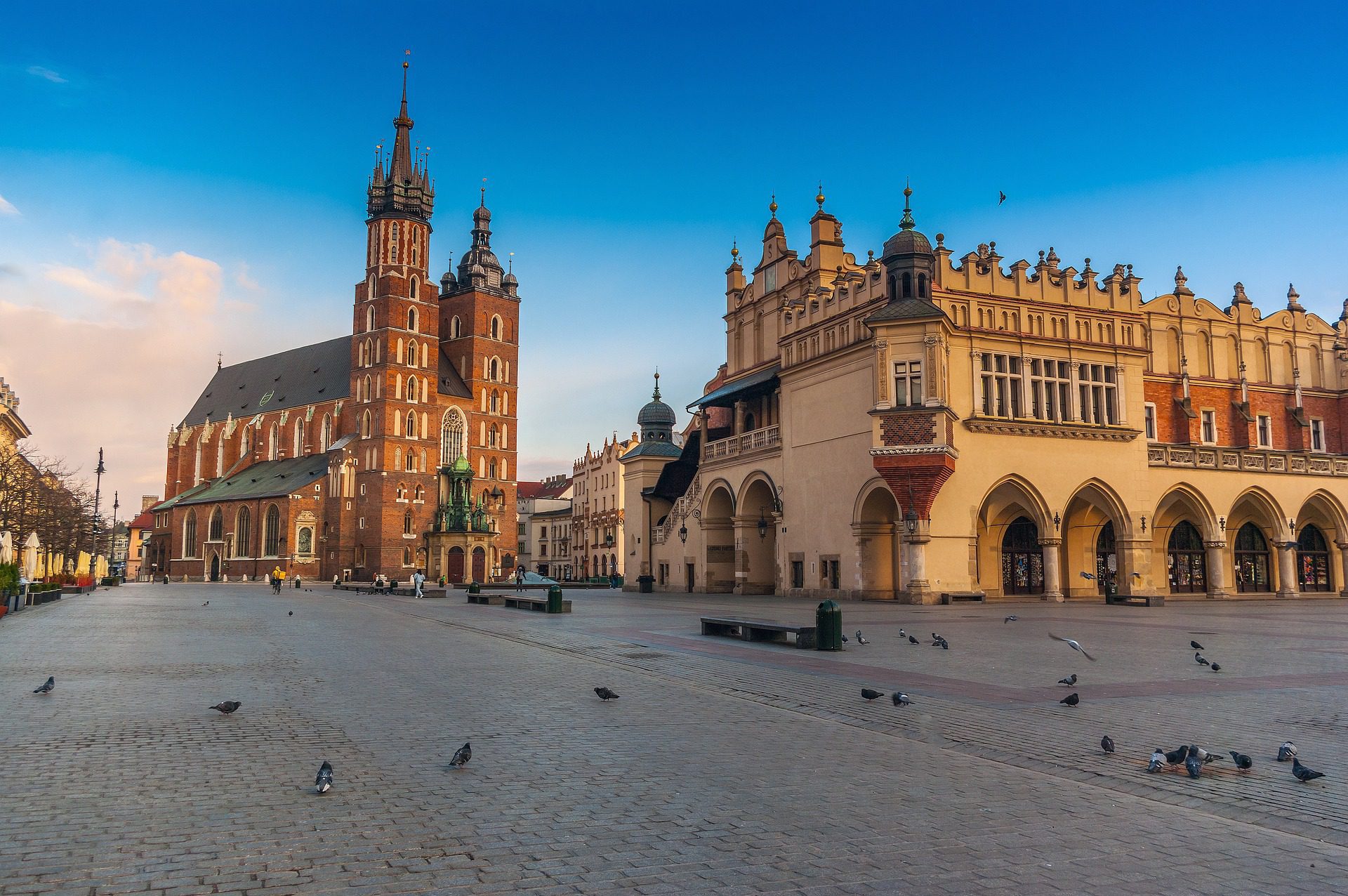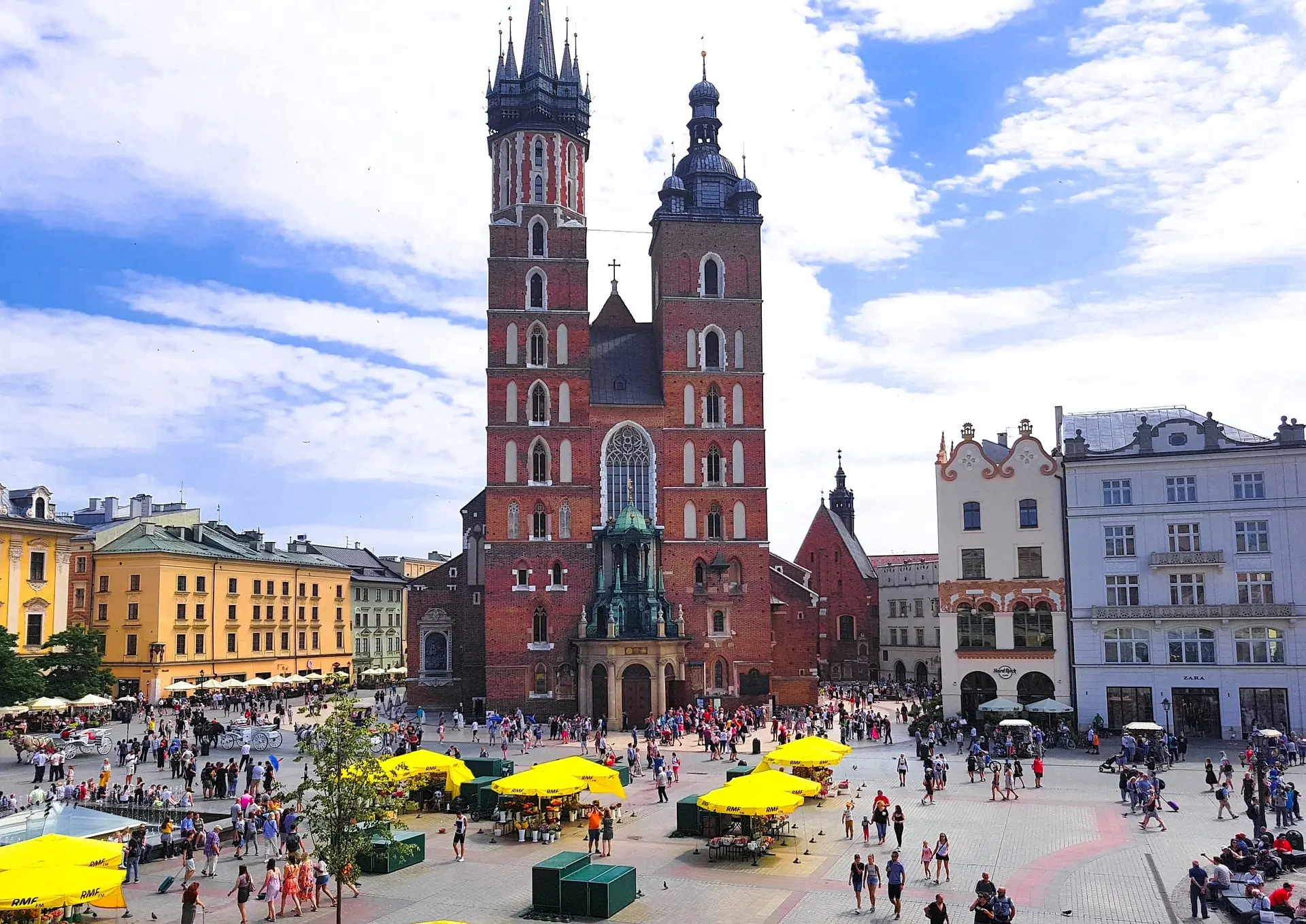Wieliczka Salt Mine
Wieliczka Salt Mine in Poland: A Unique World Heritage Site
Located in the town of Wieliczka, just outside of Krakow, the Wieliczka Salt Mine is a fascinating underground labyrinth that has been in continuous operation since the 13th century. This remarkable site has been recognized by UNESCO as a World Heritage Site, and it is easy to see why. With its intricate network of tunnels, underground lakes, and chambers, the Wieliczka Salt Mine offers visitors a unique and unforgettable experience.
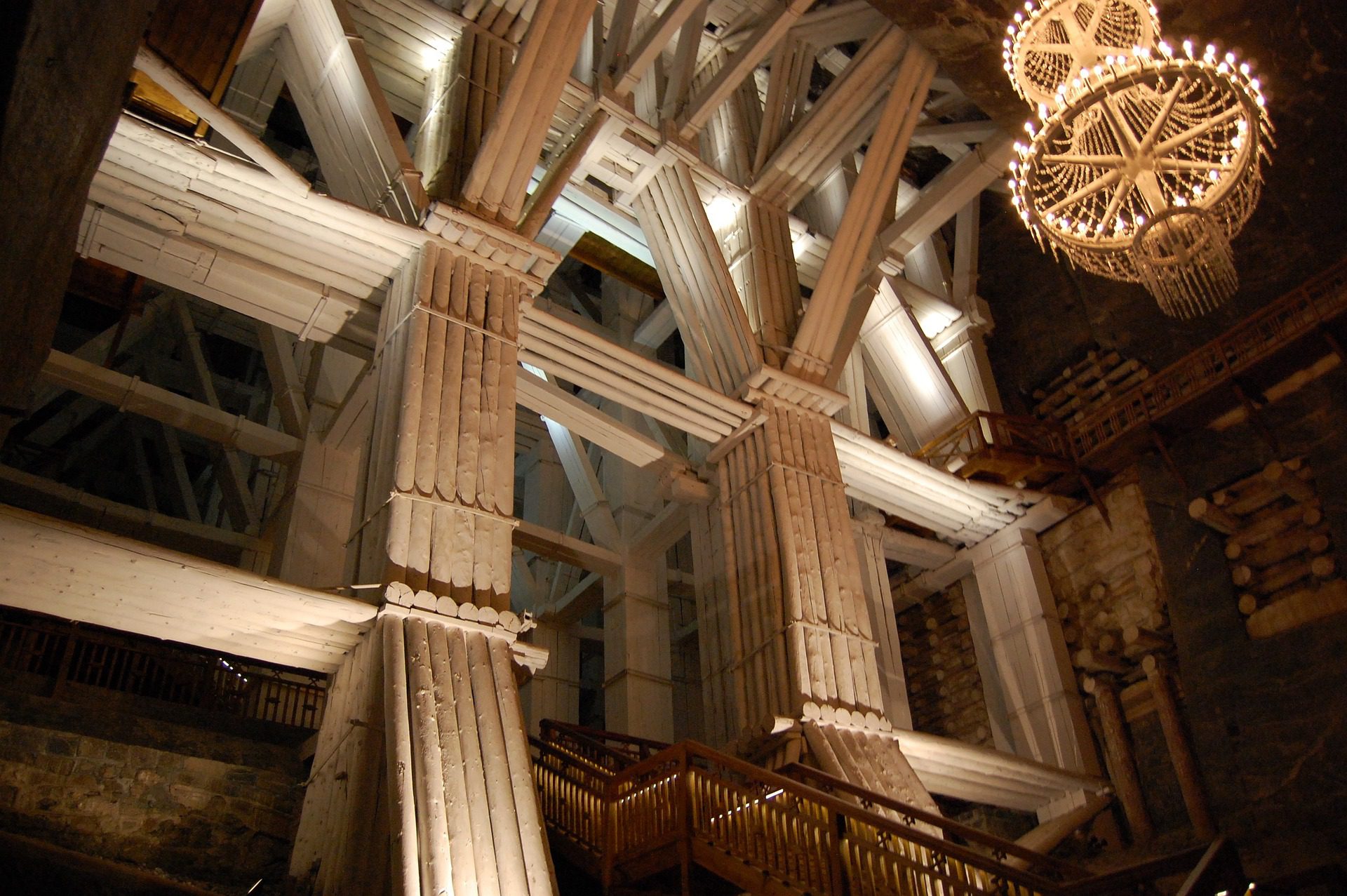
If you are travelling to Krakow for dental treatment and have some time for tourism, then a visit to Wieliczka Salt Mine is highly recommended. It is one of Poland’s most popular underground attractions.
The History of the Wieliczka Salt Mine
The Wieliczka Salt Mine has a long and storied history, stretching back over 700 years. In the Middle Ages, salt was an incredibly valuable commodity, and the Wieliczka mine was one of the most important sources of this vital mineral in Europe. Over the centuries, the mine has been expanded and modernized, and it continued to produce salt until as recently as 2007.
Today, the Wieliczka Salt Mine is no longer a working mine, but it is open to the public as a tourist attraction. Visitors can take a guided tour through the mine’s various levels, learning about the history of salt mining in the region and seeing some of the remarkable sights that lie beneath the earth’s surface.
What to Expect on a Visit to the Wieliczka Salt Mine
A visit to the Wieliczka Salt Mine is a unique and unforgettable experience. The tour takes visitors on a journey through the mine’s labyrinthine tunnels, which stretch for over 300 kilometres. Along the way, visitors will see a wide range of remarkable sights, including underground lakes, chapels, and even a ballroom.
One of the highlights of the tour is the Chapel of St. Kinga, an underground chamber that has been carved entirely out of salt. This breath-taking space is adorned with intricate carvings and sculptures, and it is a testament to the skill and craftsmanship of the miners who worked in the mine over the centuries.
Another must-see sight in the Wieliczka Salt Mine is the Salt Lake, a vast underground lake that is surrounded by walls of salt. Visitors can take a boat ride on the lake, which is a truly unique and unforgettable experience.
In addition to these remarkable sights, visitors to the Wieliczka Salt Mine can also learn about the history of salt mining in the region and see a wide range of artifacts and exhibits that tell the story of this fascinating industry.
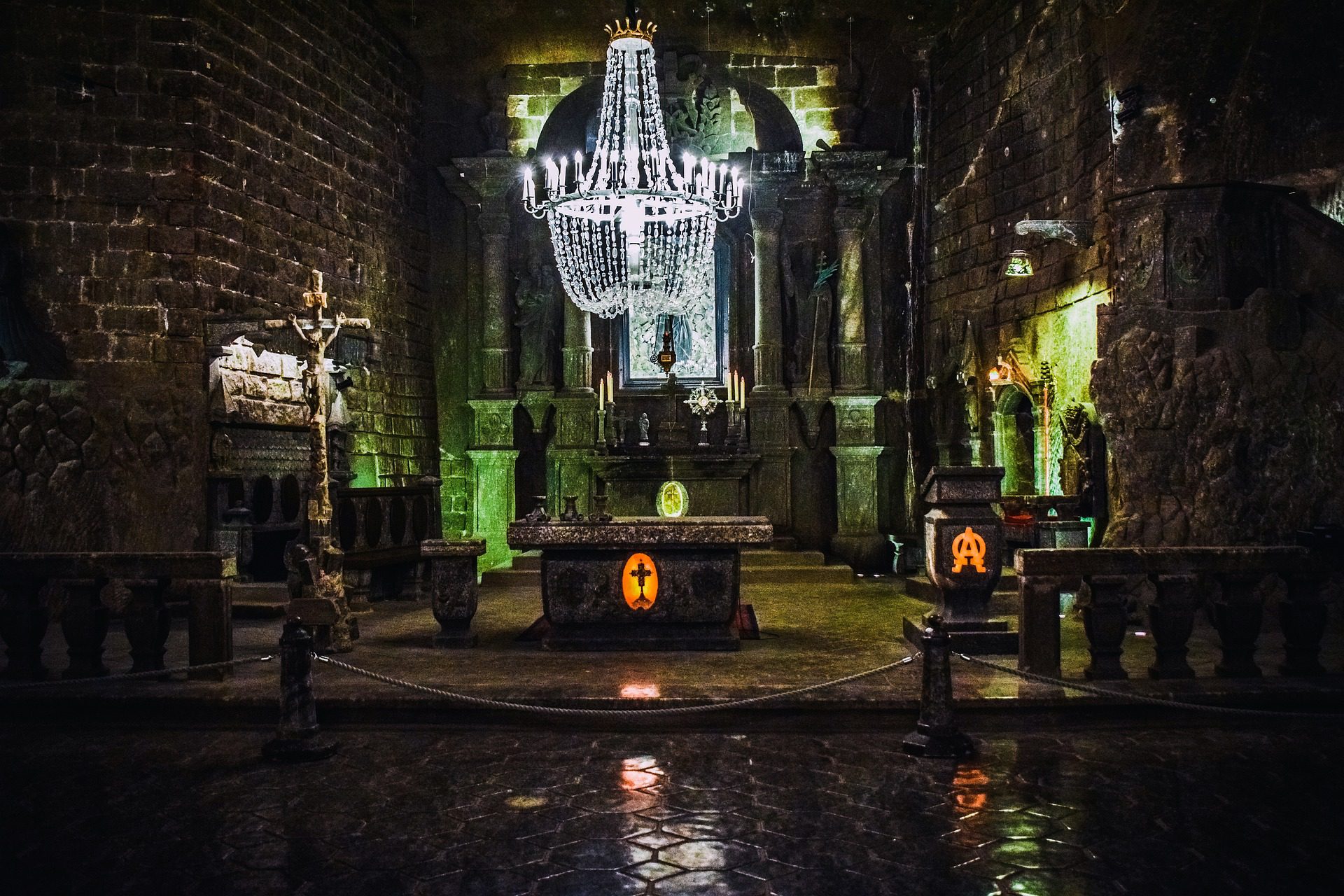
Wieliczka Salt Mine Sculptures
The oldest sculptures were carved out of rock salt by miners; more recent figures have been fashioned by contemporary artists. Even the crystals of the chandeliers are made from rock salt that has been dissolved and reconstituted to achieve a clear, glass-like appearance. The rock salt is naturally grey in various shades, so that the carvings resemble unpolished granite rather than the white or crystalline look that many visitors expect. The carvings may appear white in the photos, but the actual carved figures are not white.
At the end of the tour, there is a large cathedral and reception room that can be reserved for private functions such as weddings or private parties. Also featured is a large chamber with walls carved to resemble wooden chapels built by miners in earlier centuries; an underground lake; and exhibits on the history of salt mining. The Wieliczka mine is often referred to as “the Underground Salt Cathedral of Poland.” It also houses a private rehabilitation and wellness complex.
To get down to the 64-metre level of the mine, visitors must descend a wooden stairway of 378 steps. After the 3km tour of the mine’s corridors, chapels, statues and lake, 135 metres underground, visitors take an elevator back up to the surface. The elevator holds 36 persons (nine per car) and takes some 30 seconds to reach the surface.
The temperature inside the mine is a constant 14°C and the humidity is around 75%, making it a perfect environment to preserve the salt. It has a number of different salt deposits, including grey, white, and red. The majority of the salt is mined from the grey deposits, which are mainly found on the lower levels.
A visit to the Wieliczka Salt Mine is a truly magical experience. As you explore its underground chambers, you will be surrounded by its history and beauty, and you will be inspired by the amazing craftsmanship and engineering that went into its construction. If you ever find yourself in Poland, the Wieliczka Salt Mine should certainly be at the top of your list.
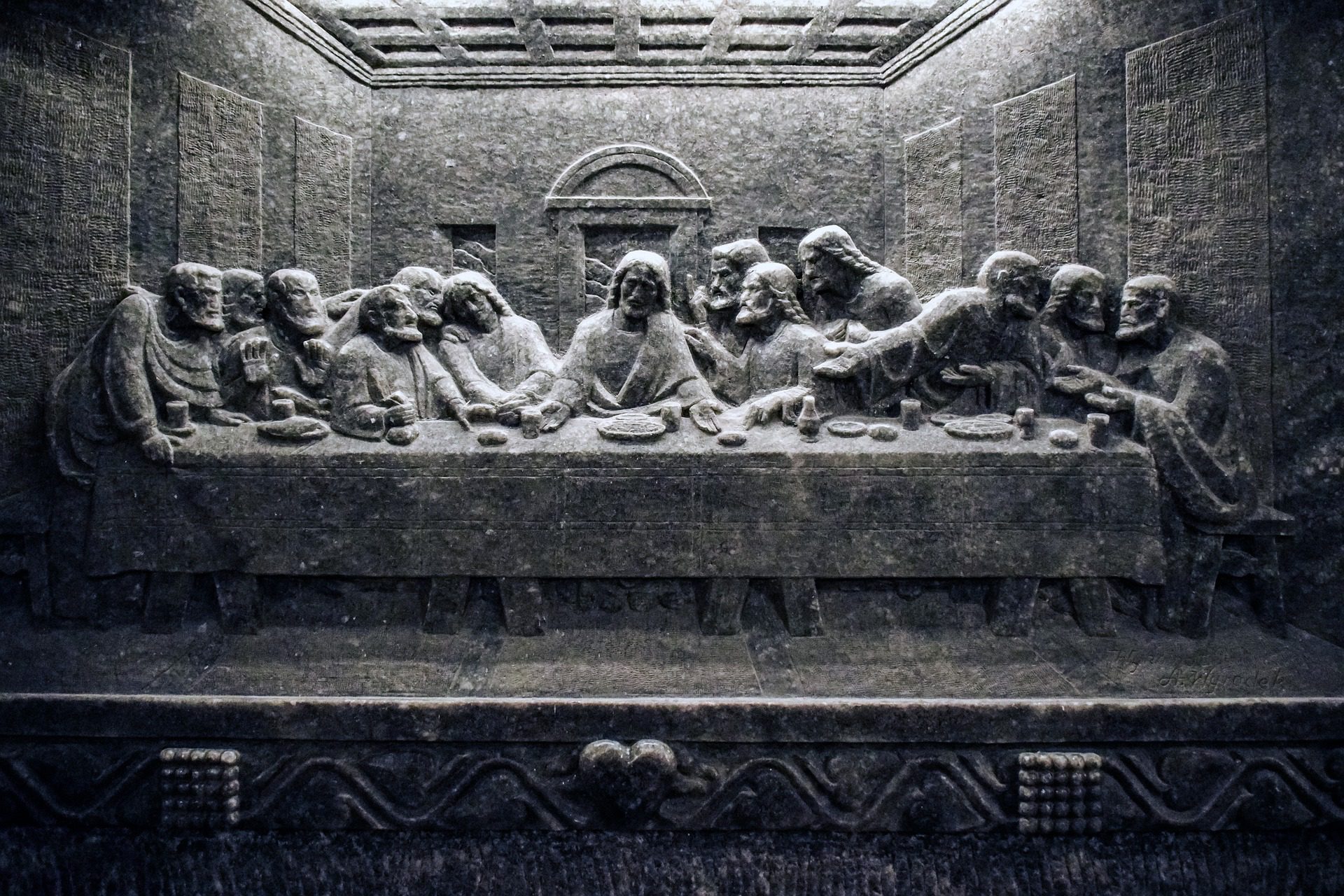
Getting there
Getting to the Wieliczka Salt Mines from Krakow shouldn’t prove too difficult or expensive. Regular buses run from the top of Starowislna Street opposite the Main Post Office, taking around forty minutes to get there. Be warned that buses are a little cramped and we advise you check departure details at one of Krakow’s tourist information offices as these routes chop and change quite a bit. You’re best asking a friendly Pole where to get off too, as this is a public bus not a tourist service.
Dental tourism in Krakow
Krakow is the most popular tourist destination in Poland, and this supports a lot of the local economy. Kraków Airport (also known as John Paul II International Airport) is the main airport, located in Balice, about 12 km to the west of the centre. It is the second biggest airport in Poland. Krakow has many excellent dental clinics and dentists and is a very popular dental tourism destination – more information
Conclusion
The Wieliczka Salt Mine is a unique and unforgettable destination that offers visitors a chance to explore the remarkable underground world of salt mining. With its intricate network of tunnels, underground lakes, and chapels, the Wieliczka Salt Mine is a testament to the ingenuity and skill of the miners who worked there over the centuries. Whether you are interested in history, architecture, or just want to experience something truly unforgettable, a visit to the Wieliczka Salt Mine is an absolute must.
For detailed tourist information about Poland, visit our travel partner, the Poland Travel Agency.
